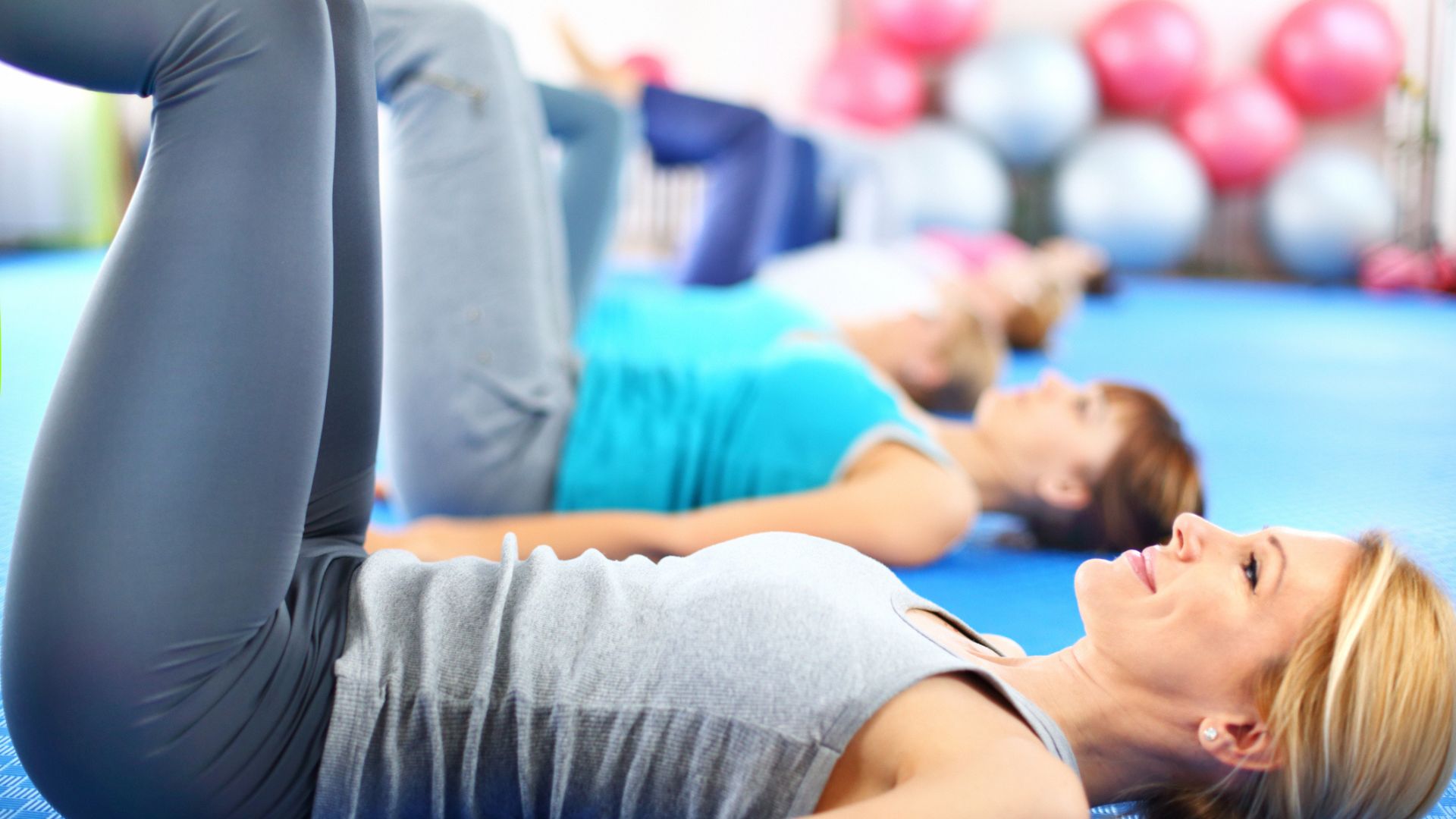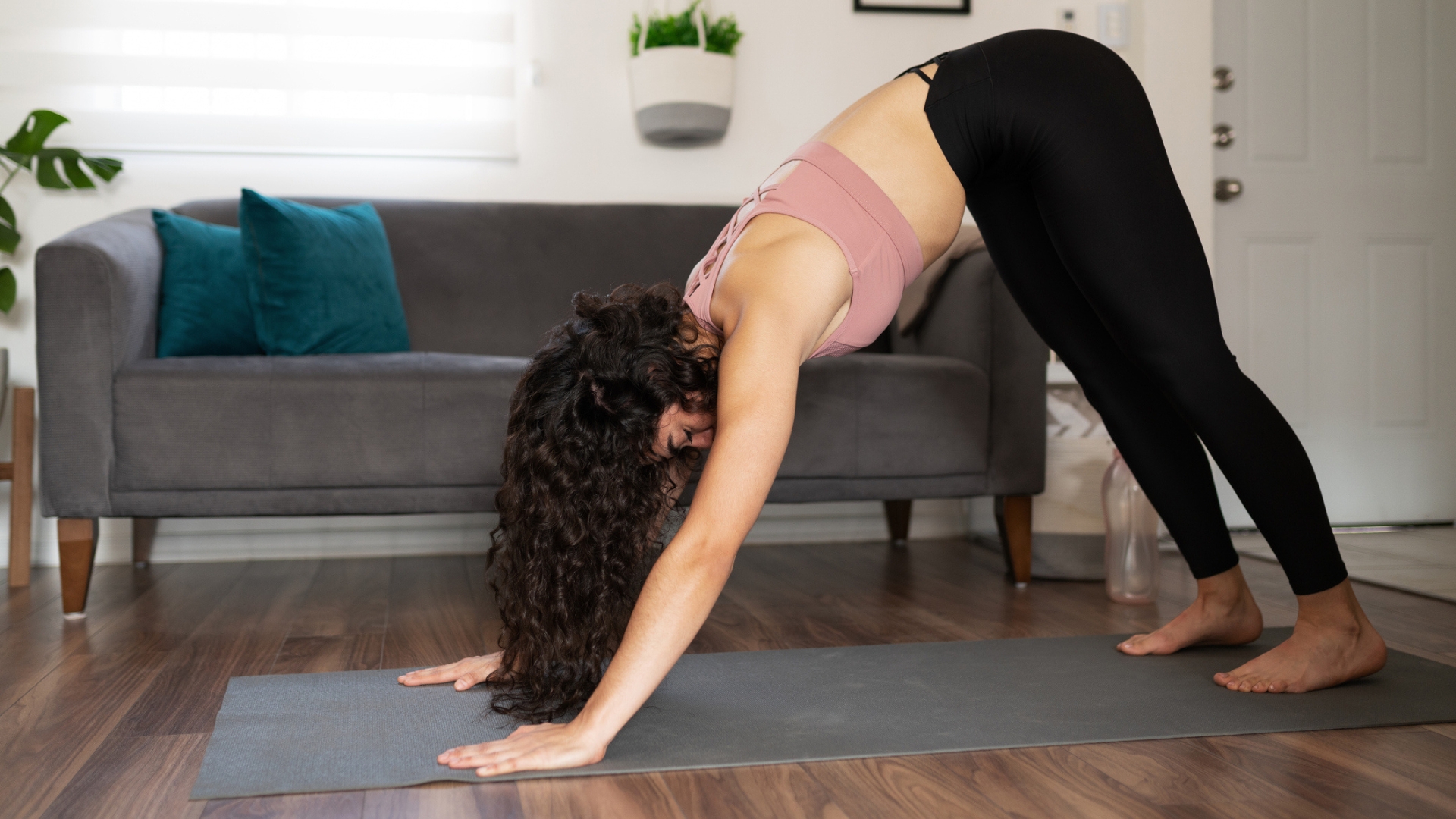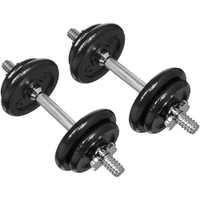This is the reason you should train your back and biceps together—here’s how to do it
Improve the mind-muscle connection with this workout


As a personal trainer, I’m a big fan of efficient full-body workouts, which get your heart pumping and build muscle all over. But when I do target specific body areas, I like to train muscle groups that typically work together—like the back and biceps.
Most pull-type exercises, like classic pull-ups and cable rows, recruit the back and biceps. The biceps usually act as a secondary muscle, helping with the pulling movement at the elbow joint. Training these muscles together can lead to greater overall muscular strength and improved neuromuscular coordination (muscle memory).
You can train the back and biceps concurrently in this workout from certified trainer Angie Ward. She recommends choosing two to four exercises from this circuit, then doing 10-12 repetitions and three sets in total, but if you’re a confident gym-goer you can do all six moves.
How to do Angie Ward’s workout
A post shared by Angie | Fitness, Health & Nutrition for Women (@angiesfitfix)
A photo posted by on
To get started you will need a pair of dumbbells and a yoga block (or a chunky book). Ward uses a range of 12-20lb dumbbells but suggests you adjust the load to suit your needs, which might mean swapping out weights between exercises. The moves are:
- Concentration curl
- Dumbbell pullover
- Hinged curl and reverse fly
- Lawnmower row
- Supine curl
- Renegade row
It's a good idea to use adjustable weights for workouts like these, so you can adapt the load to suit the exercise. These are the very best adjustable dumbbells we've tested for people on a budget; sturdy, simple, and under $50.
What is muscle memory and how does it work?
Neuromuscular coordination, also known as muscle memory or motor control, refers to the interaction between the nervous system and muscle. When we repeat a movement, such as a certain exercise, the brain creates a memory and eventually over time the body can perform the move almost automatically. That’s why you never forget how to ride a bike or run.
There’s also evidence to suggest that muscles create and retain cellular memories after a period of hypertrophy. According to research published in the Journal of Experimental Biology when you strength train and increase your muscle mass, those muscles generate myonuclei—cells that contain the DNA needed to increase muscle size. According to Kristian Gundersen, leader of the study and professor of physiology at the University of Oslo, these cells remain even if the muscle loses mass.
Translation: if you’ve gained muscle then lost it again, it should be easier to regain it than it was to put it on in the first place, which sounds like a pretty good reason to start doing some functional strength training straight away.
Get the Fit&Well Newsletter
Start your week with achievable workout ideas, health tips and wellbeing advice in your inbox.
Maddy Biddulph is a freelance journalist specializing in fitness, health and wellbeing content. With 26 years in consumer media, she has worked as a writer and editor for some of the bestselling newspapers, magazines and websites in the US and UK.
She is also a qualified L3 personal trainer and weight loss advisor, and helps women over 40 navigate menopause by improving their physical and mental strength. At Maddy Biddulph Personal Training, she runs one-to-one and small group training for menopausal women who want to get fit to ease symptoms and feel like themselves again.
-
 A Pilates instructor says this is the beginner-friendly core exercise everyone should try
A Pilates instructor says this is the beginner-friendly core exercise everyone should tryForget crunches, this is the perfect foundation move
By Alice Porter
-
 Prevent poor posture and release tension from sitting down with these four simple stretches from a yoga instructor
Prevent poor posture and release tension from sitting down with these four simple stretches from a yoga instructorThe daily poses he swears by, no matter what
By Alice Porter
